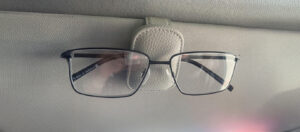The Legal Landscape
While headlight brightness and positioning are subject to regulation, many vehicles still pass MOT checks despite causing disruptive levels of glare.
The RAC has advocated for stricter regulations, including improved standards for alignment and beam intensity.
For instructors, staying informed about these developments helps communicate realistic expectations and legal guidelines to learners.
An RAC survey of 1,866 drivers in December 2024 found 95% thought at least some car headlights were too bright. Of those drivers:
- 53% had been “temporarily blinded” while driving
- 79% said they find it hard to tell when some vehicles are indicating
- 77% found it difficult to judge the position of oncoming vehicles on the road
- 25% avoid driving at night due to headlight dazzle; a further 22% would like to drive less at night due to dazzle, but had no option other than driving (for example, for work)
Some drivers reported suffering eye pain, fatigue and headaches after experiencing dazzle on the road. For more information, check out this link. Click here






Share This: